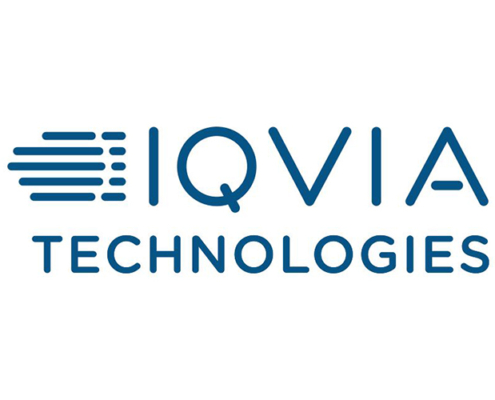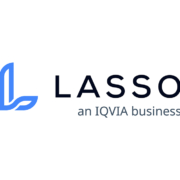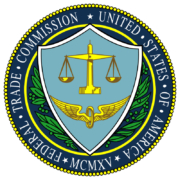How New Pharma Regulations in Europe Drive Data Management Initiatives
How New Pharma Regulations in Europe Drive Data Management Initiatives
By Jens-Olaf Vanggaard, senior director, Global Safety, Regulatory & Quality Solutions, IQVIA.
Managing regulatory information in the pharmaceutical industry is challenging in post-pandemic Europe. The introduction of new requirements surrounding substances, products, organizations, and referential (SPOR) data and a new shared target operating model (TOM) across Industry and regulators are forcing companies to rethink their approach to managing regulatory information and submissions. This is driving new data management initiatives to align existing regulatory data with master data systems, streamline data submissions, and improve data maintenance capabilities.
Impact of The New European Operating Model
With the introduction of the new operating model across the European regulatory network, companies will have to use approved SPOR data to conduct their regulatory activities across the product life cycle, whether to complete clinical trial applications in CTIS, submit new marketing authorisation applications utilizing the existing electronic application form (eAF) or submit variations utilizing the DADI system. This makes the timely availability of high-quality data essential to avoiding costly delays of those regulatory activities, be it getting clinical trials, or authorizing new marketing authorisations and variations.
Most of the data required for complying with the new European SPOR-driven operating model exists in company databases or documents, but to unlock the real value it will need to be cleaned, integrated and imported into a single location and format. In practice, that will require cross-functional governance of shared SPOR data supported by intelligent technology enabling the monitoring of external data changes and the ability to map and translate between internal and external data. Thus, enabling efficient and timely preparation of structured data submissions to SPOR through the relevant EMA systems.
Digitization and organisation change management will both be essential for the successful implementation of such data management capabilities. Companies succeeding with breaking down existing organisational siloes and simplifying the integration of data will reap significant benefits in terms of efficiency gains and reduction in time spent by regulatory professionals on non-value adding administrative activities.
The Pandemic’s Impact on Regulatory Organisations
The COVID-19 pandemic dramatically increased drug development speed, and many organizations are now searching for digital solutions that can match the regulatory explosion anticipated over the next five years. Companies are increasingly looking at their technology landscape to ensure fit for purpose in a significantly more virtual operating model. In this virtual model, instant access to high-quality data becomes fundamental to enabling operational excellence of distributed teams. This trend is being amplified by companies continuing to respond to the increasing regulatory burden, fewer available employees, and the need to optimize existing processes.
Preparing for The New Regulatory Operating Model
Many pharmaceutical companies already reap the benefits of digitization. Business processes occur faster, data consistency improves, and fewer errors occur, leading to less rework and better efficiency. Cloud-based technology increases the ability to collaborate remotely, reducing the reliance on staff. Artificial intelligence (AI) and machine learning (ML) enable secure data integration and sharing across teams, decreasing the effects of siloed processes.
By deploying the following data management initiatives, organizations operating in Europe can accomplish the changes needed to comply with the new regulations.
Implementation of integrated RIM systems ensuring that all required data and documentation is easily available in one solution. This enables organizations to utilizing intelligent technology to achieve several notable benefits:
- Minimize the burden of monitoring for changes to external master and reference data
- Automatically profile and map internal data to SPOR data required for the conduct of regulatory activities
- Provide robust change control capabilities to create, manage and submit change requests to SPOR data, as required
- Handle the burden of extracting data from documents, checking, and alignment with ISO IDMP/SPOR.
- Optimize existing processes and data flows by adopting standards that accelerate regulatory processing and evaluation by authorities.
- Create a single source of truth for all regulatory data, which enables all parties to access updated information from any system.
This type of integrated RIM system provides noteworthy financial benefits for companies. By synchronizing siloed data, organizations achieve better control of safety and quality processes, enabling more streamlined, efficient regulatory filing and lower costs.
Preparing for the transition to large scale structured data management and submissions
The implementation of IDMP in Europe through SPOR indicates how regulatory compliance is becoming more specific and intense. Sooner rather than later, we can expect regulatory agencies across the globe to require similar complex structured data submissions requiring integrated Regulatory Information Management (RIM) systems. Pharmaceutical companies operating in Europe would be well advised to begin implementing RIM systems with appropriate data management capabilities to avoid facing non-compliance in the not-so-distant-future.
With a RIM system, companies can digitize manual workflows, leverage machine-learning algorithms to monitor events, and offer data-driven insights. Organizations benefit from new aspects of technology, such as end-to-end electronic document management systems and common technical documents for submissions. Cloud technology delivers new functionality and better integration of documentation.
The use of automation and AI in RIM eliminates manual workflows, assists in regulatory decision-making, and drives activities based on analytics. For example, AI can recommend expansion into a new market based on analytics or develop new regulatory process documentation using natural language processing (NLP) tools.
Embrace the Digital Era of Regulatory
Europe might be leading the charge with these new pharma regulations, but other regions are sure to follow suit rapidly. Companies employing outdated data management methods risk being sidelined unless they prioritize implementing new digital tools. The inclusion of AI, ML, and NLP in RIM systems promises cross-functional integration, optimized operations, and a seamless regulatory environment for all stakeholders. For global pharmaceutical companies, embracing the digital era is no longer optional.












 Reuters
Reuters